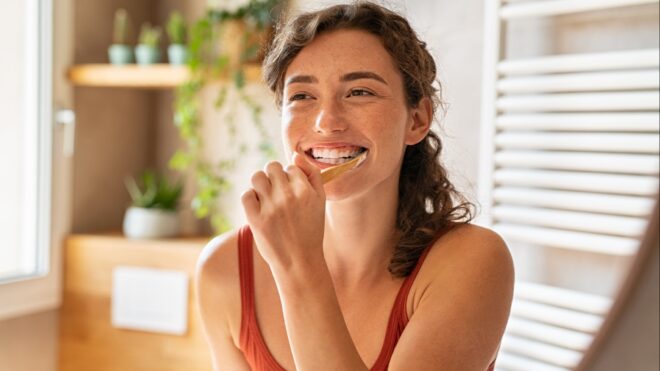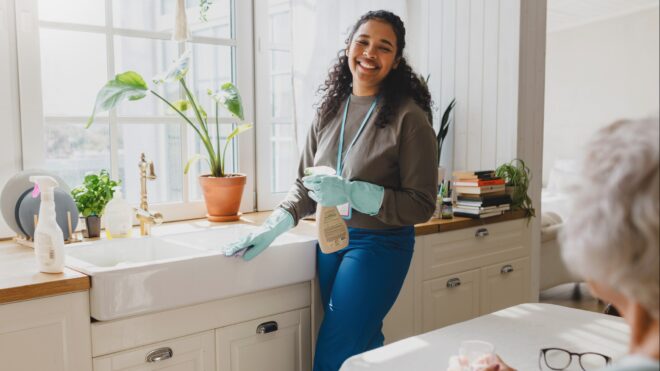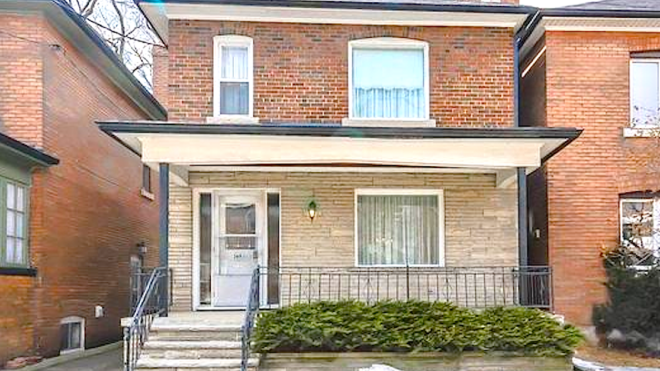
Did you know that 30% of food is lost or wasted at home? That averages out to approximately 12 medium eggs or 26 large carrots daily. One of the ways you can reduce your family’s food waste impact — which happens to the best of us no matter how many meals you plan or plates of leftovers you eat — is by composting.
In case you’re unaware, composting is the “natural process of recycling organic matter, such as leaves and food scraps, into a valuable fertilizer that can enrich soil and plants.” Composting is all about creating the “ideal environment” for decomposition, especially if you add organisms, like worms, to help speed up the process and create what farmers often refer to as “black gold,” as it’s so rich in nutrients and helps flowers, vegetables, and gardens flourish.
Even though home composting has been around for decades, and a lot of people participate, there is still a huge number of families that aren’t taking advantage of this handy environmental process — and that needs to change.
If you’re looking for a few solid tips to help get you started with composting and recycling organic matter at home to put to good use, let’s dig in.
To get you started on the basics of composting, it's important to know compostable items are categorized as 'green' or 'brown.'
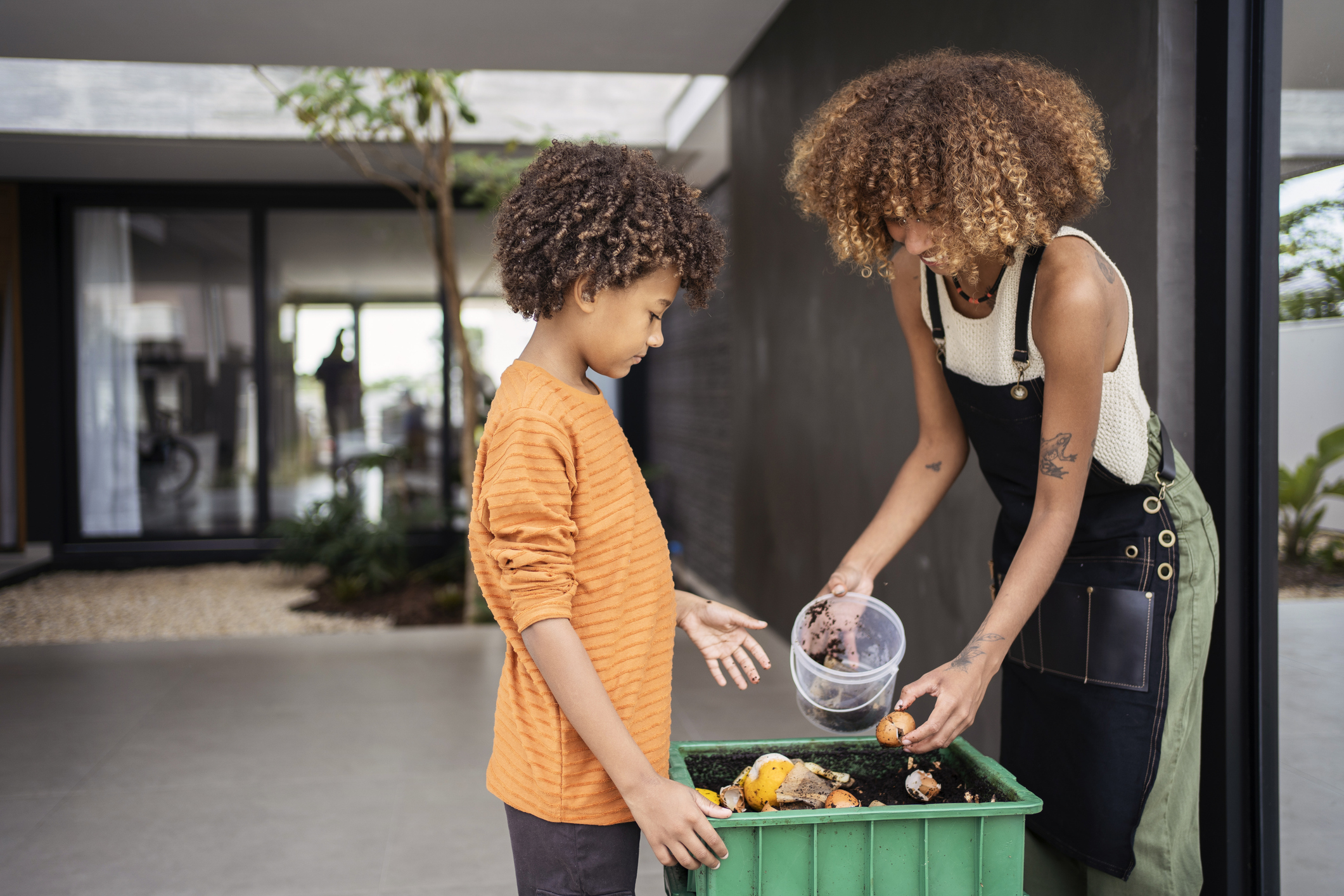
Similar to how there are basic knife skills to learn when you want to become better in the kitchen or how it just takes learning a few notes on the piano to be able to play “Twinkle Twinkle Little Star,” there are two basic things to make note of when getting started with composting at home, and that’s the importance of adding both brown and green materials.
According to the United States Environmental Protection Agency, composting is one of the most “powerful actions we can take to reduce… trash” and “address climate change.” It’s a great way to “reduce the volume of materials” that would likely end up in landfills, and in order to compost most efficiently at home, it’s important to remember you need to add both green items and brown items to your compost bin.
The EPA notes that your at-home compost should have a “proper balance” of materials that are carbon-rich, which are often referred to as the “browns,” and nutrient-rich, known as the “greens.” Besides also needing air and moisture to help the materials turn into fertilizing soil, green materials are items like fruit and vegetable scraps, coffee grounds, teabags, and eggshells. The brown materials that you can add in combination with the greens are items like dry leaves, plant stalks and twigs, and shredded paper and cardboard.
Don’t forget that you can add worms to your compost. They can do incredible things.
Of course, you can keep things as simple as possible with your composting process. It’s helpful to keep a small bin with a lid under the sink to keep food scraps and take them out to your larger bin in your backyard or garden area every few days. But did you know that you can really ramp things up in your compost bin by adding worms?
According to Cornell Composting, vermicomposting is when you add worms into your compost bin as they eat the food scraps and they soon become nutrient-rich compost as they pass through the worm’s body. When you add some worms, you may find that the entire composting process moves along quickly.
Eden Project explains that because worms live most of their lives in the dark, so they love the “moist atmosphere” of a compost heap. This organization suggests trying out tiger worms as they’re extremely efficient in a composter or you could try out a bag of Uncle Jim’s Worm Farm that contains red wriggler earthworms that can be delivered right to your door.
The size of your compost pile and bin matters.
You might remember some of those forgotten compost bins that a lot of people got in the 1990s when composting at home became popular. Even if you’ve previously had a compost bin, it’s important to consider the overall size for optimum composting.
A 3 x 3 x 3-foot bin is recommended as the minimum size for hot and fast composting — which is the type of composting where you have both green and brown materials. That size should provide a nice balance of carbon and nitrogen, which is needed, along with the composting materials. It should allow for the temperature to rise and create the ideal conditions for breaking things down and creating compost that can be used in any garden or flower bed.
Don’t be afraid to add a little water if things get too brown or dry.
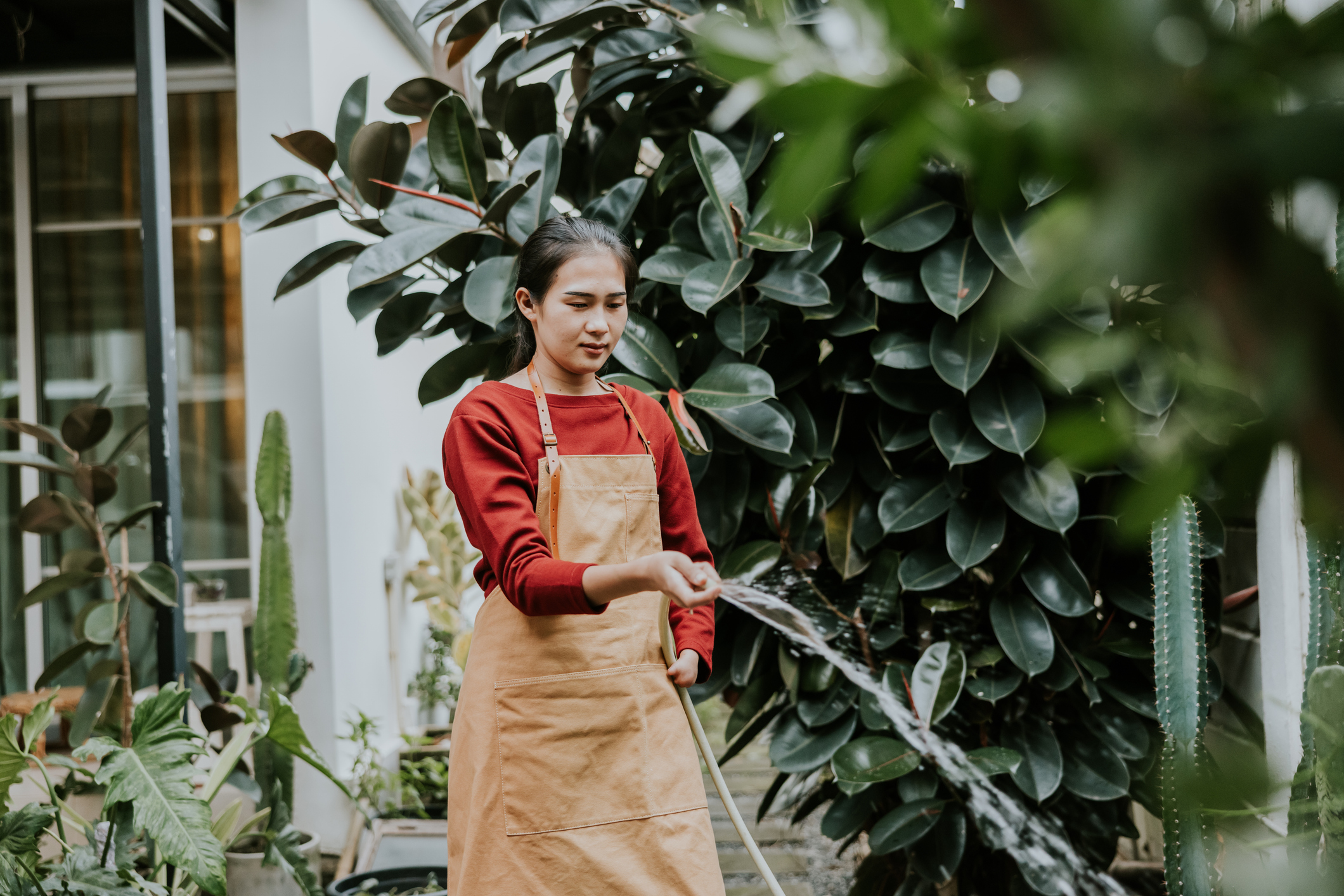
A lot of people might assume that a compost bin thrives in dry atmospheres because they often think about the dried fall leaves and plant life that’s added to it, but that’s simply not true. Experts recommend that you keep your outdoor compost bin moist as it helps the “decomposition process to speed up.” Without maintaining the right levels of moisture within your compost bin, “it makes the conditions tough for the microbes to get to work.”
If you add a fair amount of food scraps from your kitchen, your compost bin should remain at a good moisture level, but if your compost bin fills up with dried leaves or more brown materials, this is when you may want to add a few good splashes of water. A good way to think about the texture that you’re looking for with your composting material is it should have “the same texture [as] a damp sponge.”
If things get a little too wet inside your compost bin, you can always add more brown materials, such as dried leaves or shredded paper, or even open up the lid and allow the sun to shine on the pile for a few hours.
An electric composter can be worth it for some families.
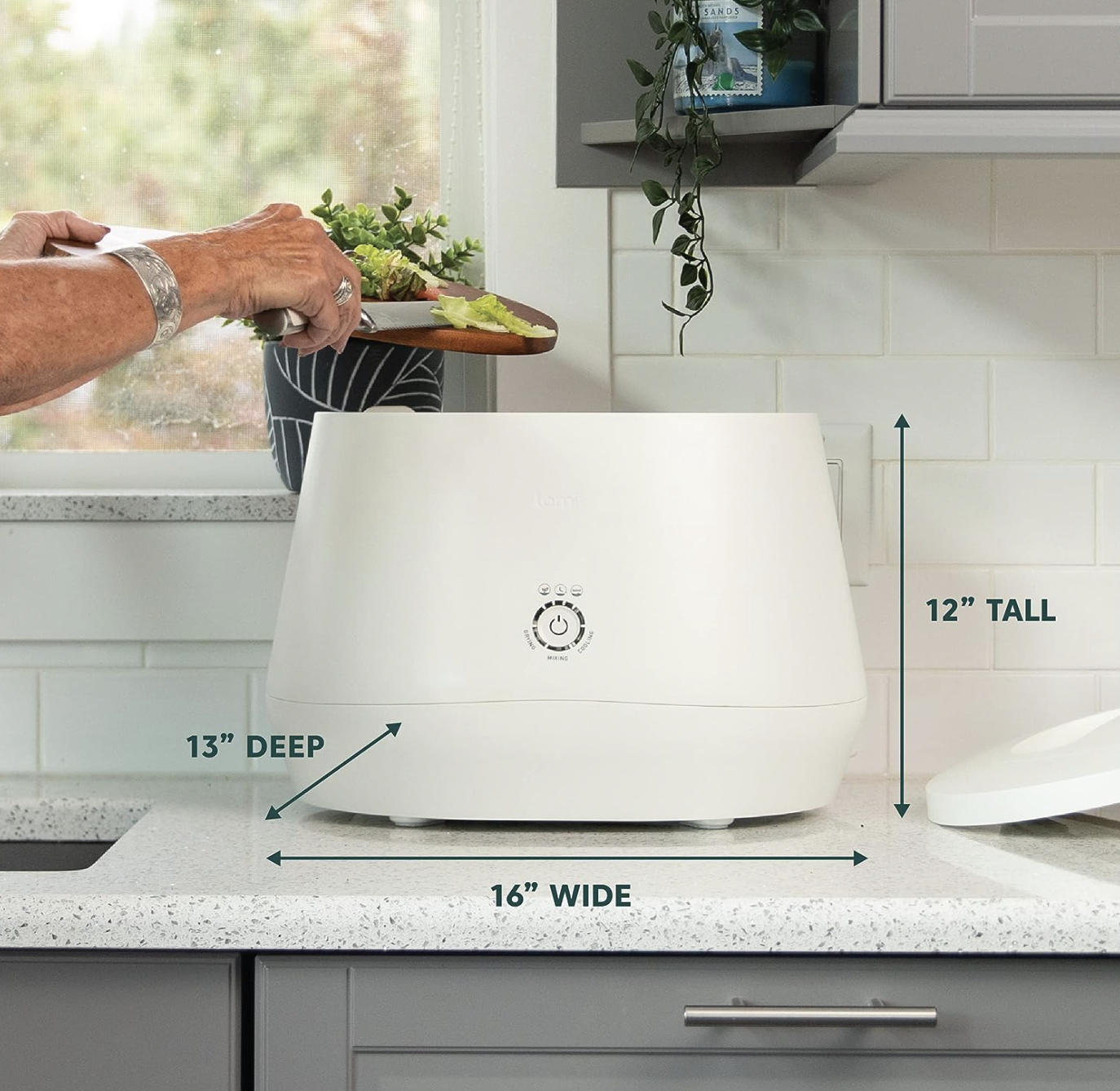
Even though it’s not the best thing for the environment to always be buying something new and flashy, if you’re really into this whole composting idea and you have the extra kitchen space, it might be worth it for your family to get an electric composter.
According to The Guardian, only a small percentage of Americans have access to municipally supported food waste programs, and there’s still a large number of individuals who are looking to cut down on their food waste and use a composter. For some of those families, especially those who don’t have access to a backyard or garden, an electric composter is always an option.
More from LittleThings: Making Recycled Paper With Kids Is A Surprisingly Fun And Easy Eco-Friendly Craft
The Guardian also notes that it’s important to be aware of what you end up with when you purchase electric composters like the Lomi Classic Electric Kitchen Food Recycler as it simply grinds up food waste into a dirt-like substance. There are differences and things to watch out for with these modern kitchen appliances, but if it’s all you have the time and energy for, they can cut down on at-home food waste.
Don’t forget to use your compost throughout your garden each year.
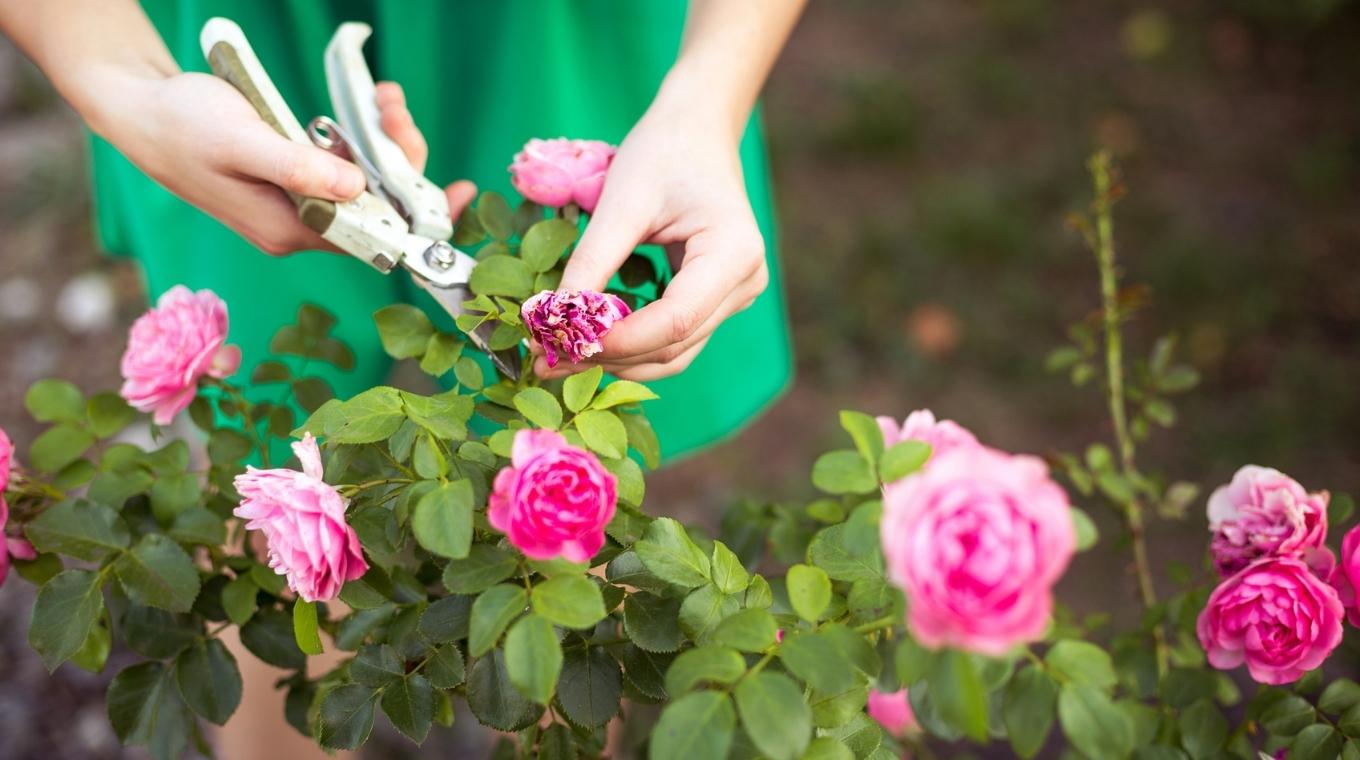
You’ve collected and separated your food waste and brought it outside several times throughout the last few months to turn it into your very own DIY fertilizer, but have you actually made the most of it and used it in your garden?
EarthEasy explains that you don’t have to “be shy” about using your composting materials in your flower bed or vegetable garden because since it’s a natural fertilizer, there’s really no harm to be done if you have plenty to go around as you don’t have to worry about any high concentrations of nitrogen that manmade fertilizers often contain. It’s recommended that you apply your compost materials approximately 2 to 3 inches deep to keep it about 1 inch away from plant stems to ensure healthy growing from the very start.



